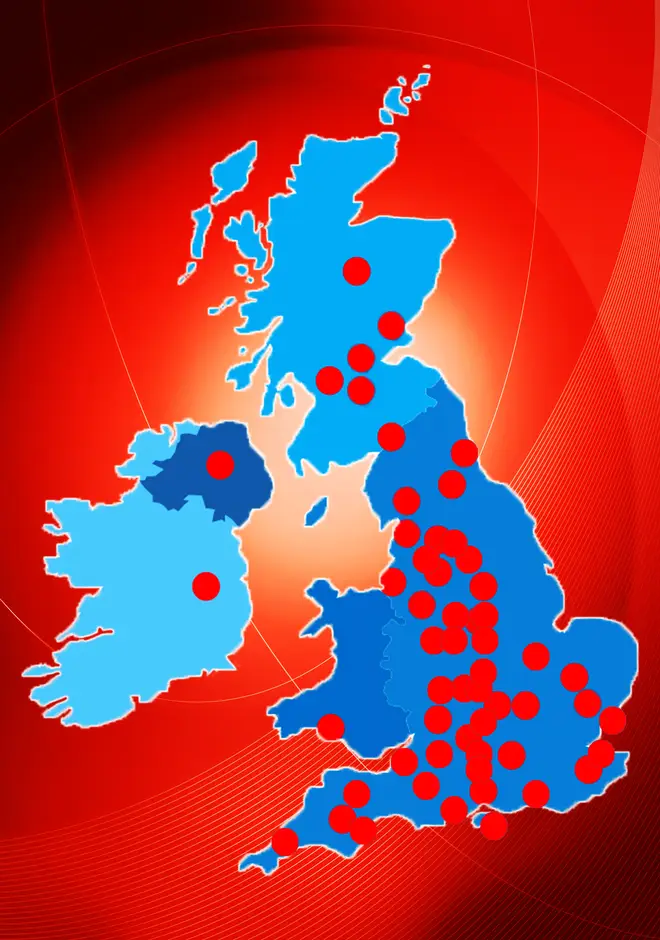What are the symptoms of coronavirus and what is the difference between COVID-19 and a cough?
10 March 2020, 15:50 | Updated: 17 March 2020, 16:41

How can you tell whether you've got a cold or coronavirus? Here's what we know so far.
Coronavirus is spreading across the UK, with the latest number of cases confirmed as 373.
With the death toll now hitting six, people are being vigilant over symptoms of COVID-19, but struggling to differentiate between the common cold and the potentially deadly virus.
READ MORE: Parents are buying £25 reusable fabric toilet paper after coronavirus bog roll scare
From the symptoms of coronavirus to the differences between COVID-19 and a cold or cough, here's what we know so far:

What are the symptoms or coronavirus?
According to the World Health Organisation, the most common symptom of coronavirus is a fever, however, there are others to look out for.
Two thirds of people with COVID-19 get a dry cough as a symptom, as well as the following symptoms:
Fever
Fatigue
Dry cough
Sputum production
Shortness of breath
Sore throat
Headache
Myalgia or arthralgia
Chills
Nausea and vomiting
Nasal conjestion
Diarrhoea
Hempoptysis
Conjunctival congestion
The WHO say: "People with COVID-19 generally develop signs and symptoms, including mild respiratory symptoms and fever, on an average of 5-6 days after infection (mean incubation period 5-6 days, range 1-14 days)."

What are the differences between a cold or cough and the coronavirus?
The main difference is believed to be the type of cough you have.
Coronavirus is said to cause a dry cough, which is also known as a "non-productive" cough, because it brings up no phlegm.
If you are worried you have symptoms of COVID-19, call 111 for more advice.
READ MORE: Where is coronavirus in the UK? The latest cases of COVID-19 MAPPED































